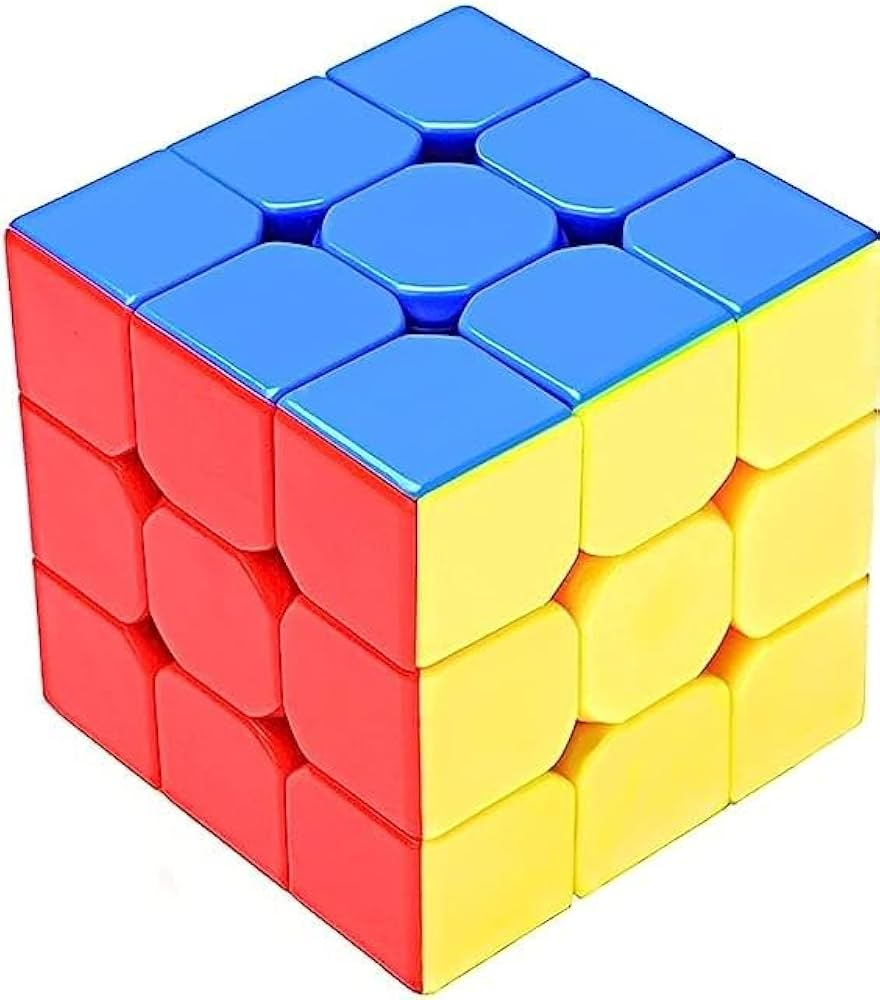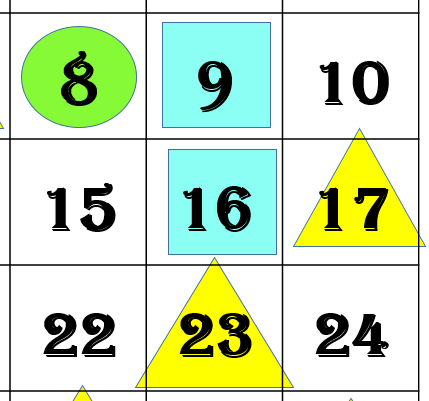Activity W1.2 Dice Math Challenge
Material Required:
Two large dice (these can be made using cubical cardboard boxes)
Instructions for the Teacher:
- Divide the class into two teams. You can choose creative team names (e.g., “The Math Wizards” and “The Number Ninjas”).
- Draw a line to split the blackboard into two sections and write the team names on each side.
- Each student will take turns throwing the dice for their team.
Steps to Play:
-
A student from Team A throws the dice and announces the number that appears on the top.
The team will multiply the number by itself 3 times (i.e., calculate ) and the result will be written under Team A's column on the board.
-
A student from Team B takes their turn, following the same steps.
-
After each throw, both teams add their new result to their team’s total score on the board.
-
Continue until each team has had the set number of turns (e.g., 10 or 12 turns).
-
The team whose total score is closest to the target number (500 or 1000, as decided) at the end wins!
TEAM A IS THE WINNER
Based on the above activity,
Some reflective questions may be discussed, such as:
Number Observation:
Look at the scores written on the board. Try to find numbers other than seen on the board that are square/cube numbers.
👉 Question: Can you name a square or cube number that wasn’t written on the board during the game?
ANSWER:
Square numbers (Example: )
Cube numbers (Example: )
2. Cube Building Challenge:
Students may be given some number of unit cubes say, 8, 10, 25, 27, 30, 50, 64.
They may be asked to make a bigger cube out of these given number of cubes.They may be asked, for which number of cubes they could make a bigger cube and which they could not. Ask them to explain.
You are given unit cubes: 8, 10, 25, 27, 30, 50, 64.
A perfect cube means the total number of cubes can be arranged into a shape where length = width = height (all sides equal). The total must be — a cube number.
Let’s check each one:
| Number of Cubes | Can Form a Perfect Cube? | Reason |
|---|---|---|
| 8 | ✅ Yes | . |
| 10 | ❌ No | 10 is not a cube number. and. 10 falls between. |
| 25 | ❌ No | 25 is not a cube number. , . 25 is not in the list. |
| 27 | ✅ Yes | . It is . |
| 30 | ❌ No | 30 is not a cube number. and |
| 50 | ❌ No | 50 is not a cube number. and . 50 falls between. |
| 64 | ✅ Yes | . |
ANSWER:
You can make a perfect cube with: 8, 27, and 64. these numbers can form a larger cube.
ANSWER:
You cannot make a perfect cube with: 10, 25, 30, 50 — these numbers cannot form a larger cube because these numbers are not cube numbers.
3. Rubik’s Cube Mystery:
Look at a Rubik’s Cube. Guess:
👉 How many small unit cubes make up a complete Rubik’s Cube?
💡 Hint: A Rubik's Cube is usually a cube with equal sides — try imagining how many little cubes fit along each edge and then multiply!
A rubik cube may be shown to students to guess how many small unit cubes have been used to make it.
ANSWER:
A standard Rubik’s Cube is a 3×3×3 cube.
So, 27 small unit cubes are used to make one complete Rubik's Cube!??? Extra Challenge:
If you could design your own cube puzzle, how many small cubes would you choose, and why?
Inclusion of Special Children:
Pair special children with supportive peer buddies for guidance.
Encourage them to take active roles: throwing the dice, multiplying the numbers, or writing the scores on the board.
This teamwork helps build confidence and fosters participation.
Pair special children with supportive peer buddies for guidance.
Encourage them to take active roles: throwing the dice, multiplying the numbers, or writing the scores on the board.
This teamwork helps build confidence and fosters participation.






